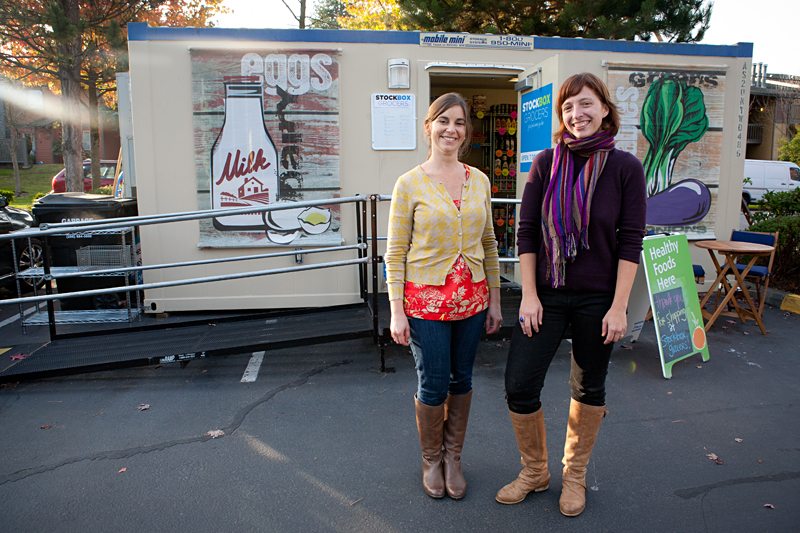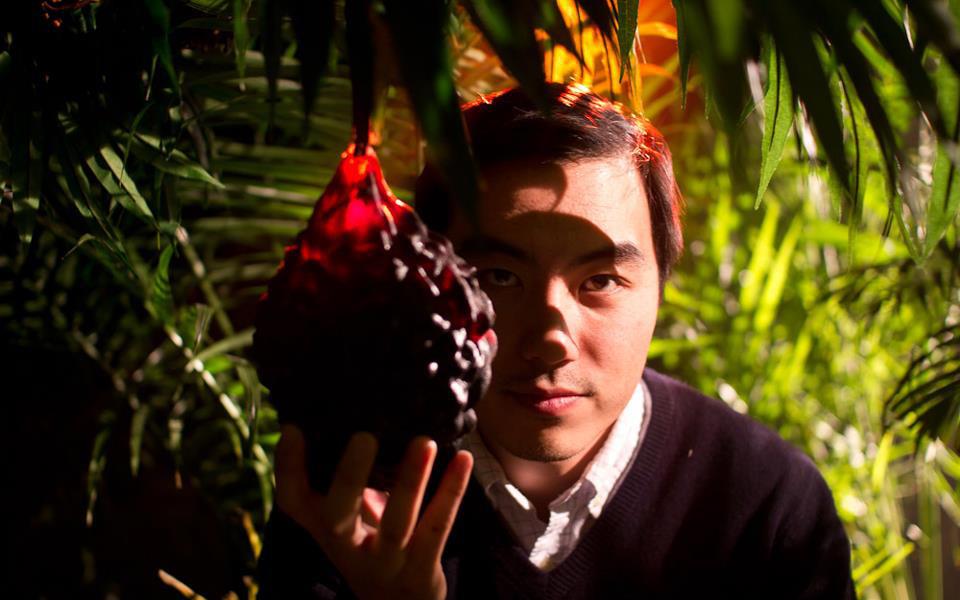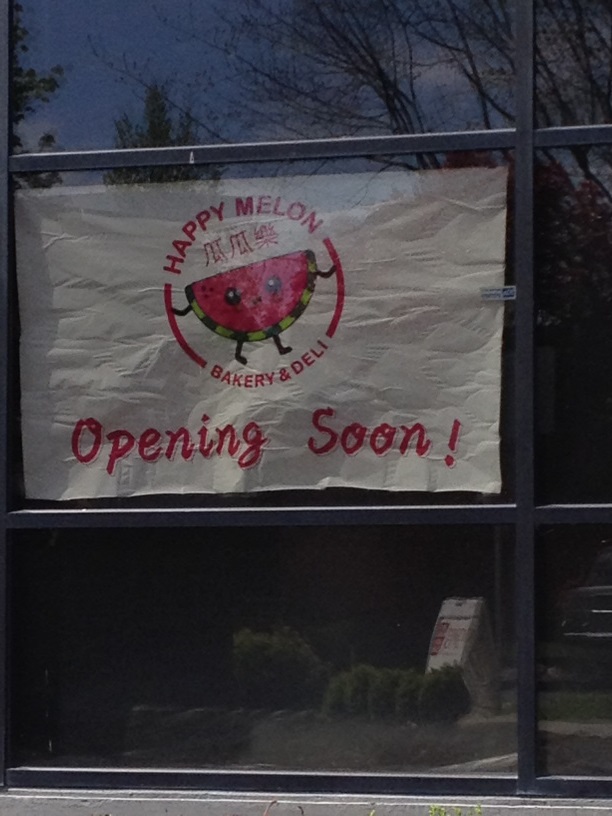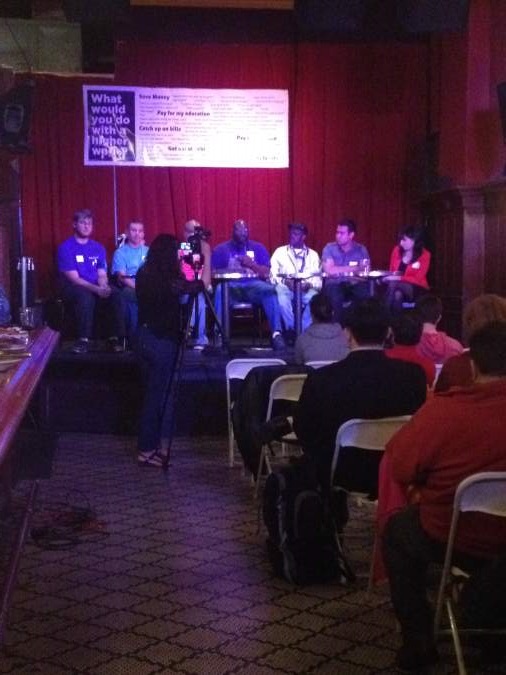Seattle Weekly annually honors local visionaries who have enriched Puget Sound’s dining scene through their creativity and daring. This year’s award winners— leaders who’ve distinguished themselves in the fields of sustainability and innovation—will be celebrated at this week’s Voracious Tasting at the Paramount Theater, a sold-out eating and drinking spree that’s a testament to the strength of our region’s culinary culture. While the food samples and mixed drinks will be gone by night’s end, our award winners will continue with their commendable work, making certain Seattle’s food scene is even stronger when we meet again next year.
2012 Innovation Award
Carrie Ferrence and Jacqueline Gjurgevich, co-founders, Stockbox Grocers
Ferrence and Gjurgevich, former classmates at Bainbridge Graduate Institute, were troubled by the persistence of urban “food deserts,” neighborhoods in which a significant portion of residents aren’t able to shop for affordable, healthy food because the closest supermarket is miles away. They initially surmised the solution was a mobile produce market which would roll through town with berries and greens.
But when Stockbox Grocers debuted last year along West Seattle’s Delridge corridor, the focus had shifted from produce to pantry staples. Realizing that sporadic access to fruits and vegetables didn’t help mothers who wanted milk for their children or elderly couples who’d rather have freshly made spaghetti than a heated-up can of Chef Boyardee for supper, Ferrence and Gjurgevich opened a miniature grocery store in a converted security trailer wedged into an apartment parking lot. The clean-cut prototype carried about 300 different items, including beans, tuna fish, and orange juice.
“People are pretty shocked when they see a grocery store in the parking lot, but when they get in there, they’re like, ‘Oh my God,’ ” Ferrence said shortly after the store opened. “They’re blown away by the inventory, blown away by the prices.”
The store, supported by a mix of award monies, grants, and Kickstarter funding, closed in November after its scheduled three-month run. Since then, Ferrence and Gjurgevich have been busily revising their business plan to better match the consumer needs and desires they uncovered as the store’s only employees. “I’m really grateful we did the prototype, because it gave us an opportunity to play with the idea,” Ferrence says. “We learned about the real need for fresh food. We’d thought about ‘fresh’ mainly in terms of produce, but milk and meat are the types of food people are most dependent on. We only had two refrigerated cases and one freezer.”
The first permanent stores are slated to open this year in Delridge, South Park, SeaTac, and Skyway, and will have more refrigerated cases, ingredients grouped for meal preparation, and exteriors that clearly communicate what lies within. They may or may not be housed in reclaimed shipping containers.
“The shipping container is a big part of what gets people excited about what we’re doing,” the team recently explained on its blog. “But it’s just one of the tools that we will use as we roll out stores. While it enables us to launch just about anywhere, it may not always be our best option. For example, in some of the communities we’re currently researching, there are brick-and-mortar spaces that are accessible, affordable, and very usable from our perspective.”
Stockbox has lately held a series of neighborhood meetings, partly to explain that its pint-sized-grocery concept is intended to be profitable. “Our goal is to get everyone on the same page about what’s going to succeed,” Ferrence says. “We’re not just doing this for the good of the community.”
Sound business principles and a willingness to set up shop where other grocers won’t are perhaps the only fixed components of Stockbox’s plans. Ferrence predicts she and Gjurgevich will continue to tweak their model, innovating when necessary.
“It will still be bootstrap,” she says. “But it won’t be as bootstrap.”
2012 Sustainability Award
Hajime Sato, owner, Mashiko and Katsu Burger
Why did Hajime Sato decide to purge his menu of bluefin tuna, freshwater eel, and yellowtail, transforming his 15-year-old West Seattle sushi bar into the nation’s first sustainable-sushi restaurant helmed by a Japanese chef? Sato says that’s the wrong question.
“The bottom line is it’s not about why I did it, but why everybody is not doing it,” he says.
A startlingly small number of sushi chefs have followed Sato’s lead: Although a few restaurants have contacted him about making the sustainability switch, most of them never call back. “There’s this weird stigma that it’s not macho,” Sato says. “They say, ‘I’m not going to talk to these fricking tree-huggers.’ “
Yet from a purely financial perspective, Sato says, it makes sense to wean customers off fish which could be wiped out if current consumption patterns persist. “I’m not talking about graphs and understanding numbers,” Sato says. “If you look at basic stuff, no matter how you look at it, it’s bad.”
Sato claims his philosophy is motivated by the self-interest of a sushi slinger who wants to stay in business, but admits his 2009 menu revamp alienated customers. He’s witnessed the same backlash at Katsu Burger, his new Georgetown joint that serves panko-battered patties: Prices there are determined by the going rate for all-natural beef, to the chagrin of eaters accustomed to fast-food rates.
“I have this belief that if we’re going to kill something, we should have respect for it. But the clientele at [Katsu] Burger, they really don’t care,” Sato says. “Sometimes they actually yell at our employees. If my restaurant goes down, it’s stupid to satisfy my ego, but if I change my beliefs, it’s stupid too.”
Mashiko customers who swore they’d never be back after Sato struck their favorite fish from the menu are slowly returning. “They’re like kids going to the toy store, and Elmo is out and they’re crying,” Sato says. “I explain to people we have more fish than we used to, but no, they want that. It’s kind of fascinating to me, because the first time you ate unagi, I’m sure it took you time to erase the scary. It’s slimy, weird, and lives in the mud. So why can’t you make the same effort with catfish?”
He answers his own question with a sigh: “Maybe they made so much effort, they don’t want to do it again.”
Just because Sato serves catfish instead of eel doesn’t mean one’s replaced the other, however. He wants customers to think about the unique qualities of whatever fish is local and seasonal, instead of hunting for precise substitutions. Last summer, Sato served sushi at a reception after a screening of a documentary which showed a chef who had shifted from bluefin to black cod.
“This woman was watching it, and she thought she was going to get black cod,” Sato says. “I said no, and she freaked out. She said ‘Oh my God, I thought we were getting this. What’s the point of being here?’ That’s sad, because the whole point is don’t get stuck on any one product, and she’s already stuck. I thought, ‘Man, this world is really tough.’ “
Sato isn’t trying to sway only customers; he’s constantly hounding distributors to supply sustainable products, since he’s now sometimes forced to work directly with divers to obtain sea urchins for his kitchen.
“I’m not asking people to be like me,” Sato says. “If one person is 100 percent sustainable, that’s not going to save anything. But if everybody shifts 10 percent, that’s going to save the world.”








